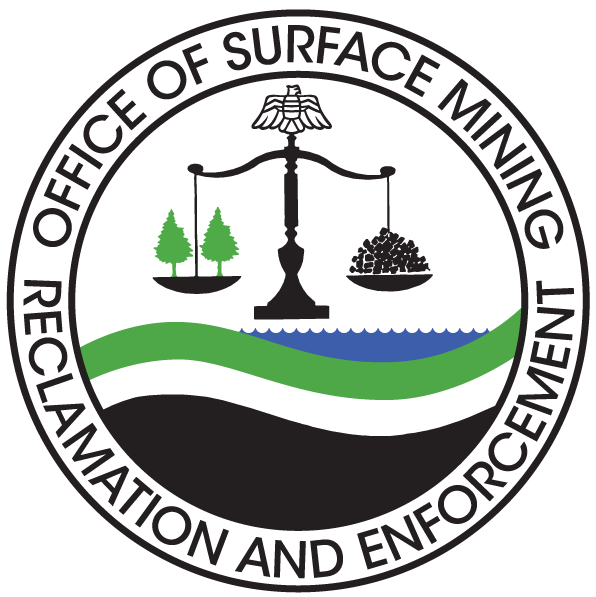Coal Combustion Residues (CCRs)
Coal combustion residues (CCRs), more commonly known as coal ash, are a byproduct of the combustion of coal at power plants. The ash is then disposed in liquid form at large surface impoundments and in solid form at landfills. Ongoing research evaluates the safest disposal methods as well as potential benefits and uses for CCRs.
For More Information
The glossary of terms below provides additional information on coal combustion residues.
If you are interested in obtaining published proceedings, research, or final reports, please contact Cecil Slaughter via email ([email protected]) or by phone at (202) 208-2866.
- Bottom Ash
- The coarse, solid, non-combustible particulate matter that results from the combustion of ground or powdered coal and falls to the bottom of the boiler, but have not melted. Bottom ash has a similar chemical composition to fly ash but is produced in gradations ranging from fine sand to small aggregate (3/8"). Bottom ash is typically grey to black in color, angular, and has a porous surface texture. Bottom ash is usually a small portion of the total ash produced by the boiler. It may be vitrified or clinkered, but is friable. It will often show metals in the leachate and may tend to be acid producing.
- Boiler Slag
- Larger particles of coal ash that have settled to the bottom of the boiler and have completely melted. A vitreous material which is normally the major portion of residues produced at the bottom of cyclone boilers. Since slag has been fused, there is very little chemical activity and leachate is not normally contaminated.
- Coal Combustion Residues (CCRs)
- Any materials or residues produced from the combustion of coal. Also sometimes referred to as Coal Ash, Coal Combustion Ash, Coal Combustion Material.
- Coal Combustion By-Products (CCB)
- A collective term referring to any large volume material or residue produced from the combustion of coal or cleaning of stack gases regardless of ultimate commercial application or disposal. Specifically, it includes fly ash, bottom ash, boiler slag, fluidized bed combustion ash, and flue gas desulfurization material.
- Coal Combustion Products (CCP)
- A collective term for materials or residues produced from the combustion of coal or cleaning of stack gases for which there is a commercial market and are reprocessed, sold, or stored for commercial use.
- Coal Combustion Wastes (CCW)
- A collective term for materials or residues produced from the combustion of coal or cleaning of stack gases for which there are no commercial markets and they are disposed of as a solid waste.
- Flue Gas Desulfurization (FGD) Material
- The solid stabilized by-product material that results from the flue gas desulfurization scrubber system also referred to as scrubber sludge. It is produced when the stack gases are sent through pulverized limestone to remove sulfur dioxide. The resulting material consists of calcium sulfate/sulfite and is commonly combined with fly ash to dry and stabilize the material. Usually a thixotropic material unless stabilized with fly ash or other dry materials. Some utilities produce an "oxidized" material which is primarily calcium sulfate or synthetic gypsum. The scrubber sludge may be dry, but is commonly delivered as filter cake. It is normally high in calcium sulfites and sulfates. The filter cake may be very difficult to remove from dump trucks or hopper cars. Filter cake is not difficult to handle after dumping, but is soft and usually to wet to compact.
- Fluidized Bed Combustion (FBC) Ash
- A fly ash or spent sorbent from the flue gas produced from the combustion of coal in a fluidized bed combustion boiler. It resembles conventional fly ash, but contains spent sorbent and is produced at lower temperatures. It is normally highly alkaline. The high alkalinity tends to minimize metals in the leachate. Unconditioned FBC fly ash will usually contain considerable dust, much of which may have a particle size under 10 microns.
- Fly Ash
- The finely divided residue that results from the combustion of ground or powdered coal and is removed from the stack gases with various types of air quality control equipment. Fly ash is a pozzolan: a siliceous material which, in the presence of water, will chemically combine with lime (calcium oxide) to produce a cementitious material with excellent structural properties. Some fly ashes contain sufficient calcium compounds to be self- hardening, while others require the addition of calcium (usually in the form of cement or lime) to harden. There are two main types of fly ash: Class F (low lime) and Class C (high lime). Class F fly ash is typically associated with eastern and midwestern U.S. coals and Class C is associated with western U.S. coals. High quality conventional fly ash will contain very little sulfate compounds or unburned carbon.
- Fossil Fuel Combustion (FFC) Waste Streams
- A collective term utilized by EPA for materials or residues produced from the combustion of coal or cleaning of stack gases.
- Pozzolans
- Siliceous or siliceous and aluminous materials that in themselves possess little or no cementitious value but will, in finely divided form and in the presence of water, chemically react with calcium hydroxide at ordinary temperatures to form compounds possessing cementitious properties.
- Scrubber Sludge
- Another name for fluidized gas desulfurization (FGD) material.
- Thixotrophy
- The property of a material that enables it to stiffen in a relatively short time on standing, but, upon agitation or manipulation, can change to a very soft consistency or to a fluid of high viscosity, the process being completely reversible.

